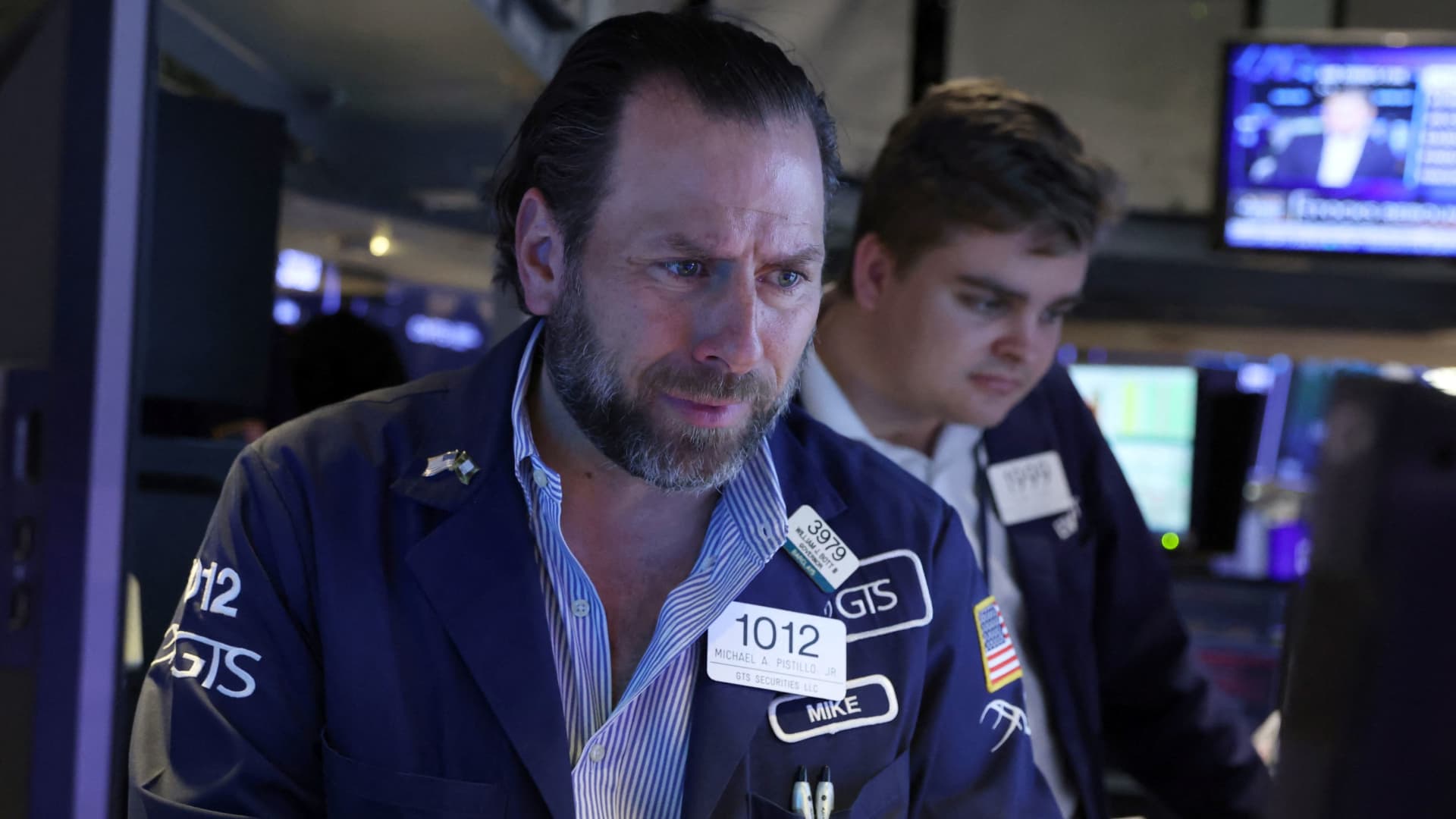
The Federal Reserve and the stock market may not be getting a divorce, but they’re at least on a trial separation that could last a while. Long a major support system for Wall Street, the Fed is going its own way these days, taking on an inflation fight its leading officials say is pivotal for protecting the U.S. economy, even if it means weakening growth and possibly raising the unemployment rate. Investors haven’t taken the split well, venturing off to the bar and drowning themselves in bear market blues, but they are trying to adjust. “Fed policy is now entirely about reducing inflation before it becomes so imbedded that it permanently raises the US government’s cost of capital,” Wall Street veteran and DataTrek Research co-founder Nicholas Colas wrote in his daily market note Thursday evening. “Failure there is simply not an option, and stock investors are beginning to understand that.” The Fed, of course, is in the early stages of a rate-hiking cycle that markets expect will continue, with the central bank’s benchmark funds rate expected to rise to 2.75%-3% by year-end. In addition, a balance sheet reduction program will start in June that should siphon off a good chunk of the $9 trillion in assets the Fed is holding. Markets have responded with a major run-up in bond yields and by selling risky assets like stocks that may not hold up well under the new monetary policy regime. The chances of a “Fed put” coming in to stop the bleeding in financial markets seems remote. “The famous ‘Fed Put’ has shifted its target from supporting stock prices to the Treasury market,” Colas added. “America can afford higher rates over the short term to quell inflation, but it cannot abide them over the long term.” Fed officials in recent days have said as much. Chair Jerome Powell on Tuesday said the Fed would need “clear and convincing” signs that inflation is coming down before halting rate increases. And while not actually saying the Fed didn’t care about stocks, he said the move in markets is appropriate considering what the central bank is trying to accomplish. “It’s been good to see financial markets reacting in advance based on the way we’re speaking about the economy,” Powell told the Wall Street Journal . “Financial conditions have tightened significantly.” Then, Kansas City Fed President Esther George told CNBC on Thursday that she, too, was looking for tighter financial conditions , of which stock prices are a feature. “I think what we’re looking for is the transmission of our policy through market’s understanding and that tightening should be expected,” she said. “So it’s not aimed at the equity markets in particular, but I think it is one of the avenues through which tighter financial conditions will emerge.” The remaining question is how long until stocks finally hit a level of price discovery where valuations match economic conditions. “Central banks remain unapologetically hawkish because of stubbornly high inflation,” wrote Andrea Cicione, head of strategy at TS Lombard. “They are all determined to crush it come what may and are prepared to pay the ultimate price — making a policy mistake and causing a recession.” The Fed skirting a recession remains the baseline expectation on Wall Street, but that’s slowly starting to change . Consequently, rate-sensitive stocks are taking the worst of it, though consumer names were hit hard this week after Walmart and Target both issued disappointing earnings reports as executives expressed concern over rising costs and changing behavior among shoppers. Cicione said the market probably is poised for a short-term rally, which investors should avoid getting sucked into until more smoke clears. “This means that while a rebound in risk assets looks likely in the near term given the extent of the selloff in the past month, the mounting of recession risks means we are still in an environment where investors are better served fading the rallies than buying the dips,” she said.




